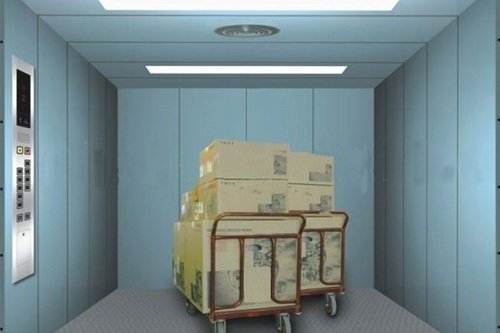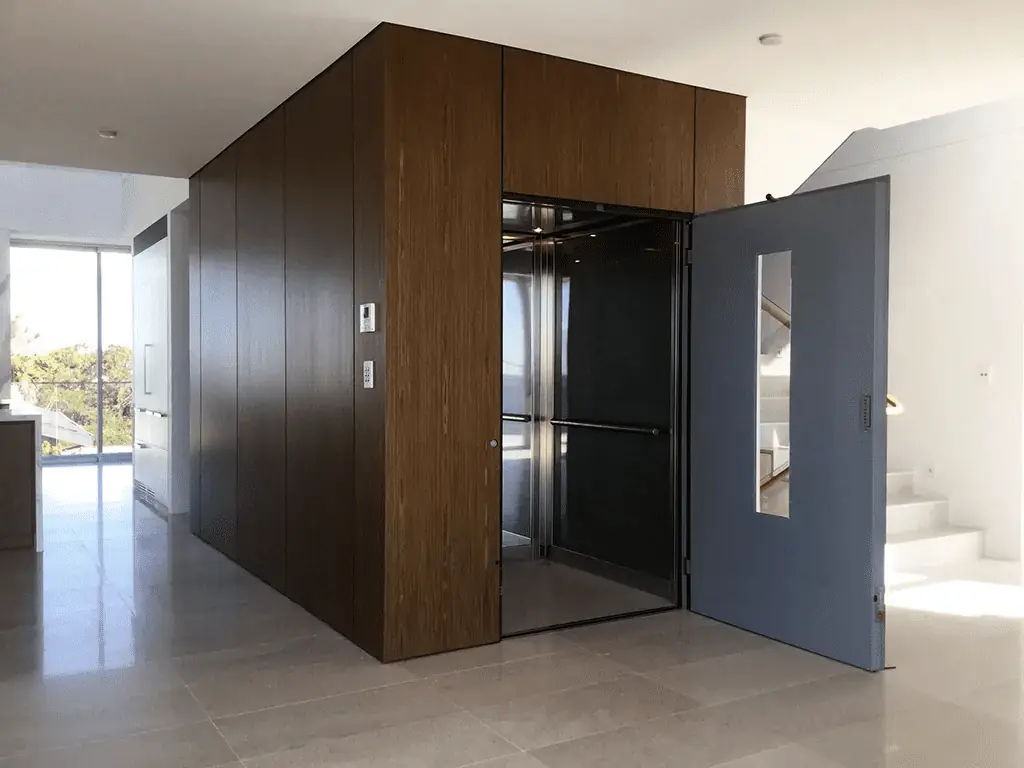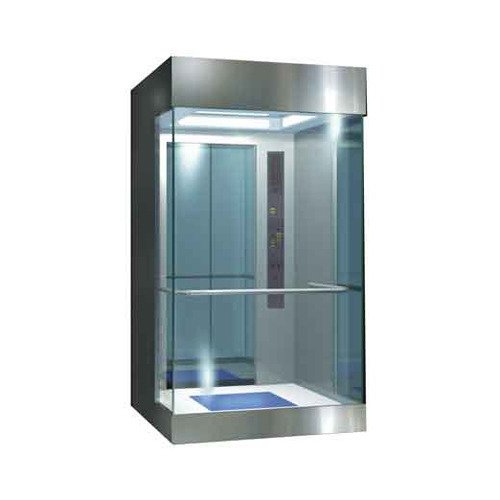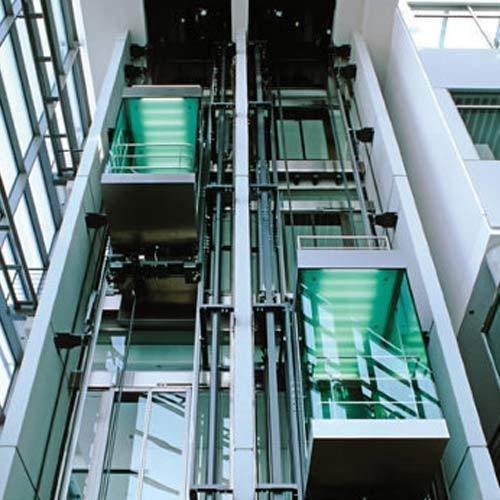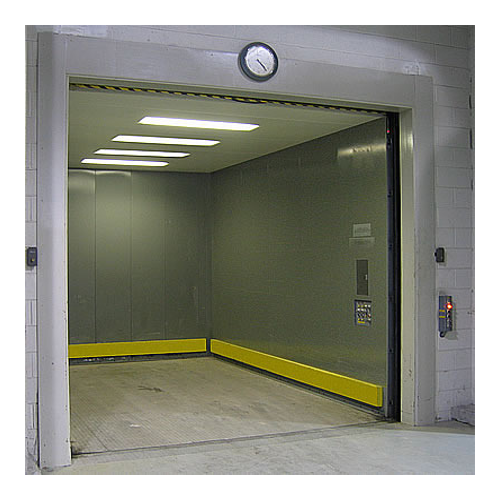Passenger Lifts
These are perhaps the most common types of commercial lifts. They are now available in shopping malls, office buildings, and even in hotels for the transportation of personnel between floors. The operation is designed to be smooth and swift, thus providing employees, customers, and guests with seamless commuting.
Things to Consider When Buying a Passenger Lift
Safety Features--A passenger lift should be installed with features like emergency brakes, overload sensors, and automatic mechanisms that can open doors in case of any mishap. Proper maintenance and adherence to all safety norms play a crucial role in ensuring the safety of all the people.
Energy Efficiency Passenger lifts with energy-efficient technologies such as regenerative drives and LED lighting can be considered. Energy-efficient lifts reduce operation costs and contribute to environmental sustainability by reducing energy consumption levels.
Accessibility--Make accessible lifts a priority. One of the features includes large interior cabins, sound and visual signals for floor announcements, as well as user-friendly control panels. Compliance with such regulations on accessibility assures that the lift would be usable by different people.

